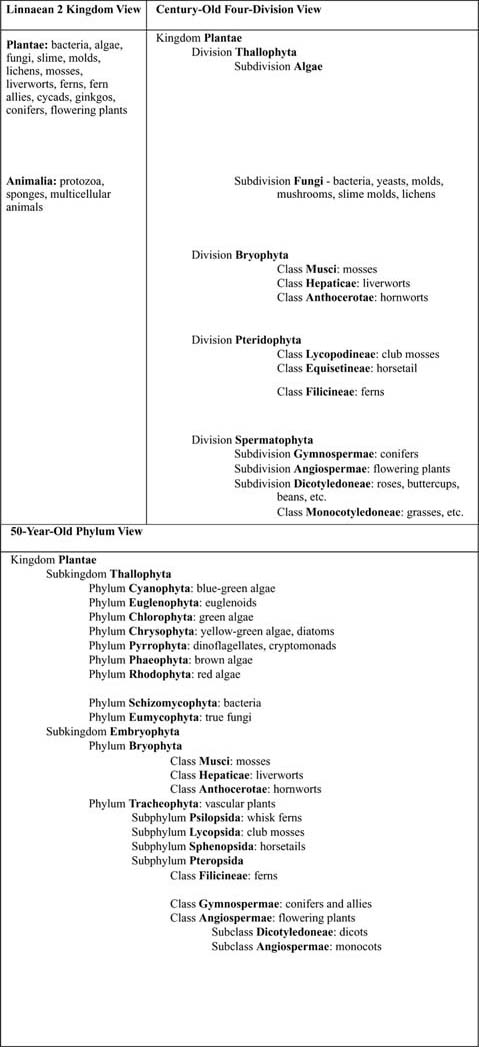| Admissions | Accreditation | Booksellers | Catalog | Colleges | Contact Us | Continents/States/Districts | Contracts | Examinations | Forms | Grants | Hostels | Honorary Doctorate degree | Instructors | Lecture | Librarians | Membership | Professional Examinations | Programs | Recommendations | Research Grants | Researchers | Students login | Schools | Search | Seminar | Study Center/Centre | Thesis | Universities | Work counseling |
|
Plant Plants can also be classified in many different ways. For instance, they can be classified as woody or not woody. Flowering plants are often classified on the basis of their flower color. Sometimes it is useful to have several layers in a classification. Woody plants could be divided into trees and shrubs. Trees could be divided into trees that lose their leaves into winter and those that do not. Similarly, non-woody plants could be divided in several more ways, perhaps into plants grown for food, plants grown as ornamentals, and plants that are weeds. Botanists have found that the most generally useful way to classify plants is to consider several different characteristics, making groups of those plants that are alike in lots of characteristics. Their classification system is so useful that it is used by people in many different kinds of work. ...by Common Name ...by Botanical Name ...by Color ...by Height ...by Growing Region ...by ________ Zone ...by Sun or Shade Preference ...by Type (Annual, Perennial) ...by Soil Preference ...by Moisture Needs ...by Some Uses of Plants ...by woody or nonwoody Of course, plants are used for many different purposes—for example for food, to enhance or improve our environment, or for aesthetic reasons. Classification: Plants, Other Organisms A century ago, botanists recognized four major groups of plants, but within 50 years these groups had been subdivided and rearranged into still further groupings. Table 1 presents the old groupings of plants in considerable detail because some of the names persist as common names for modern plant groups, for example, thallophytes, gymnosperms, and monocots. By and large, the major groups (such as ferns, mosses, and flowering plants) are still recognized as units in today's more recent rearrangements but now appear with new technical names. TABLE 1 Three Historical Classification Schemes of Organisms  |
